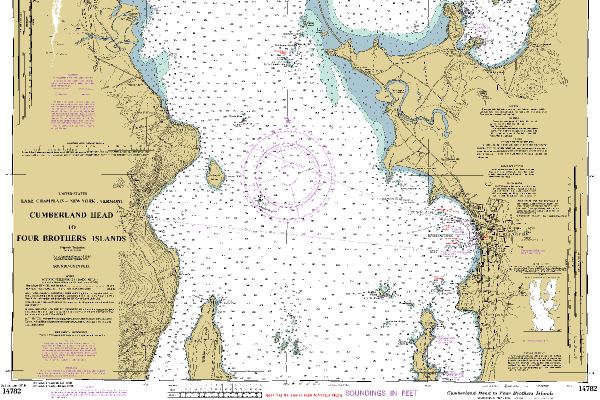Bordered by the states of New York and Vermont and the Canadian province of Quebec, Lake Champlain is the eighth largest naturally occurring body of fresh water in the United States. The strategic waterway of Lake Champlain served a critical role in the founding and development of the American nation.
The lake was a corridor along which Native, French, English and American forces vied for control and defined territorial and political boundaries. Linked by canals to the south, west and north, the waterway became a shipping lane, transporting natural resources, farm products, and people, and speeding communication as the nation expanded. The lake and its tributaries offer a fascinating array of ecosystems that provide habitats for wildlife, diverse resources for people, as well as places to explore and a laboratory for understanding and addressing today’s ecological challenges.

Events on Lake Champlain reflect not only changes in transportation, land use and industry, but also political reform, the evolution of social justice and the stewardship of natural and cultural resources. At the Lake Champlain Maritime Museum, the region’s maritime history, archaeology and ecology inspire learning opportunities and new insights connecting our past, present and future.
